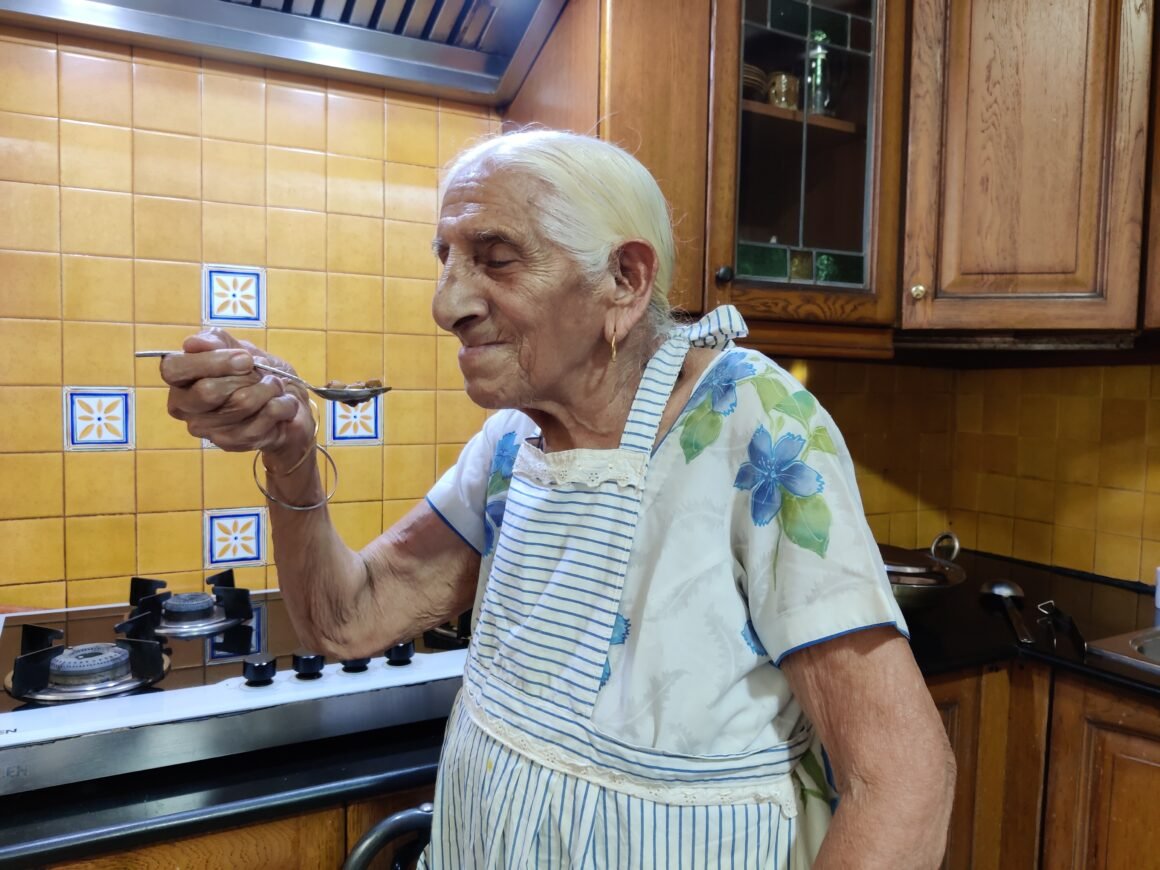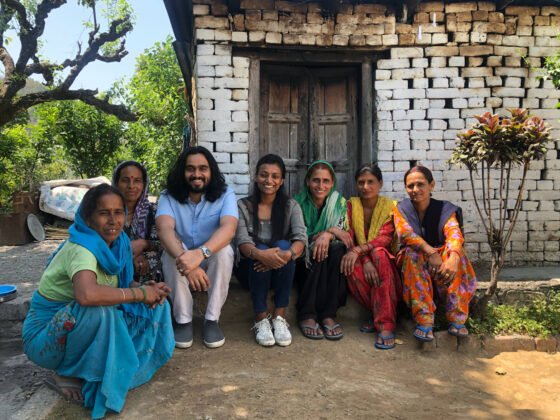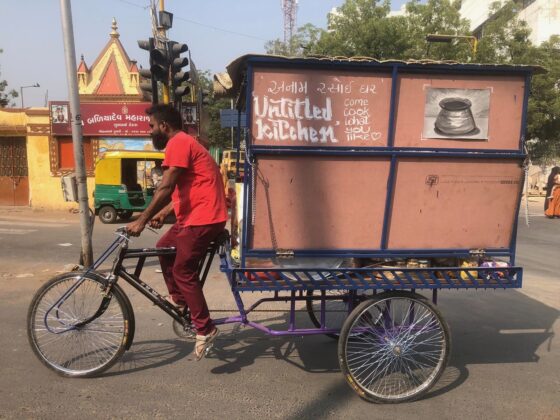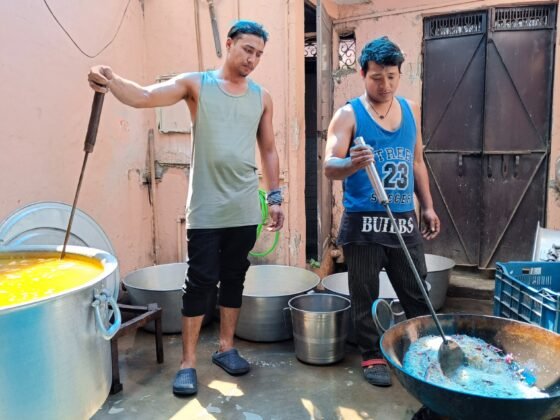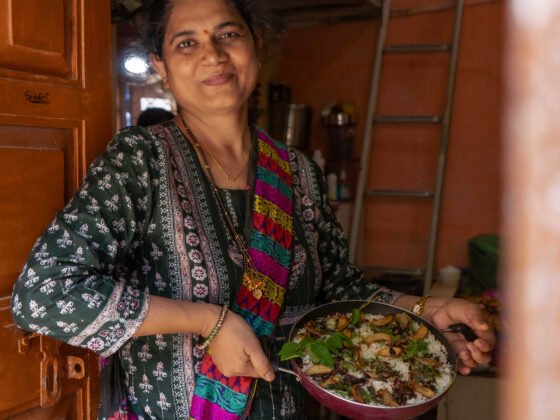Eking out an income since she turned 90 has given Harbhajan Kaur, the entrepreneur of Harbhajan’s—Bachpan Yaad Aajaye, joy and satisfaction.
Acouple of days before our twice-rescheduled interaction and barely a week after recovering from Covid, nonagenarian entrepreneur Harbhajan Kaur is all geared up for an interview.
Little surprise then that when we do connect—her granddaughter Mallika interprets for my colleague Zainab and me, as neither of us speaks Punjabi—Harbhajan is ready to helm the conversation. She doesn’t let our questions limit her: she’s adept enough at such interactions that she preempts what we might want to know, even as some members of her family offer prompts off camera.
They rally around her now as they do to keep her cloud kitchen, at a 20-minute drive from their house in Chandigarh, and deliveries going. Harbhajan’s—Bachpan Yaad Aajaye is a team effort: Mallika’s brother, Manav, supervises the cloud kitchen, while she manages orders on Amazon, in addition to handling social media and offline events.
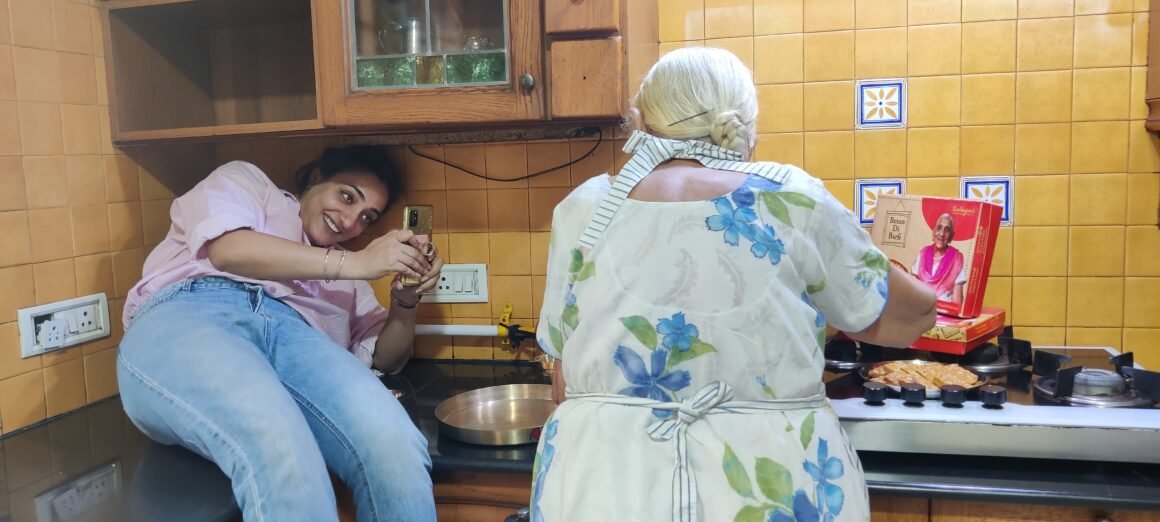
She doesn't let our questions limit her: she's adept enough at such interactions that she preempts what we might want to know, even as some members of her family offer prompts off camera.
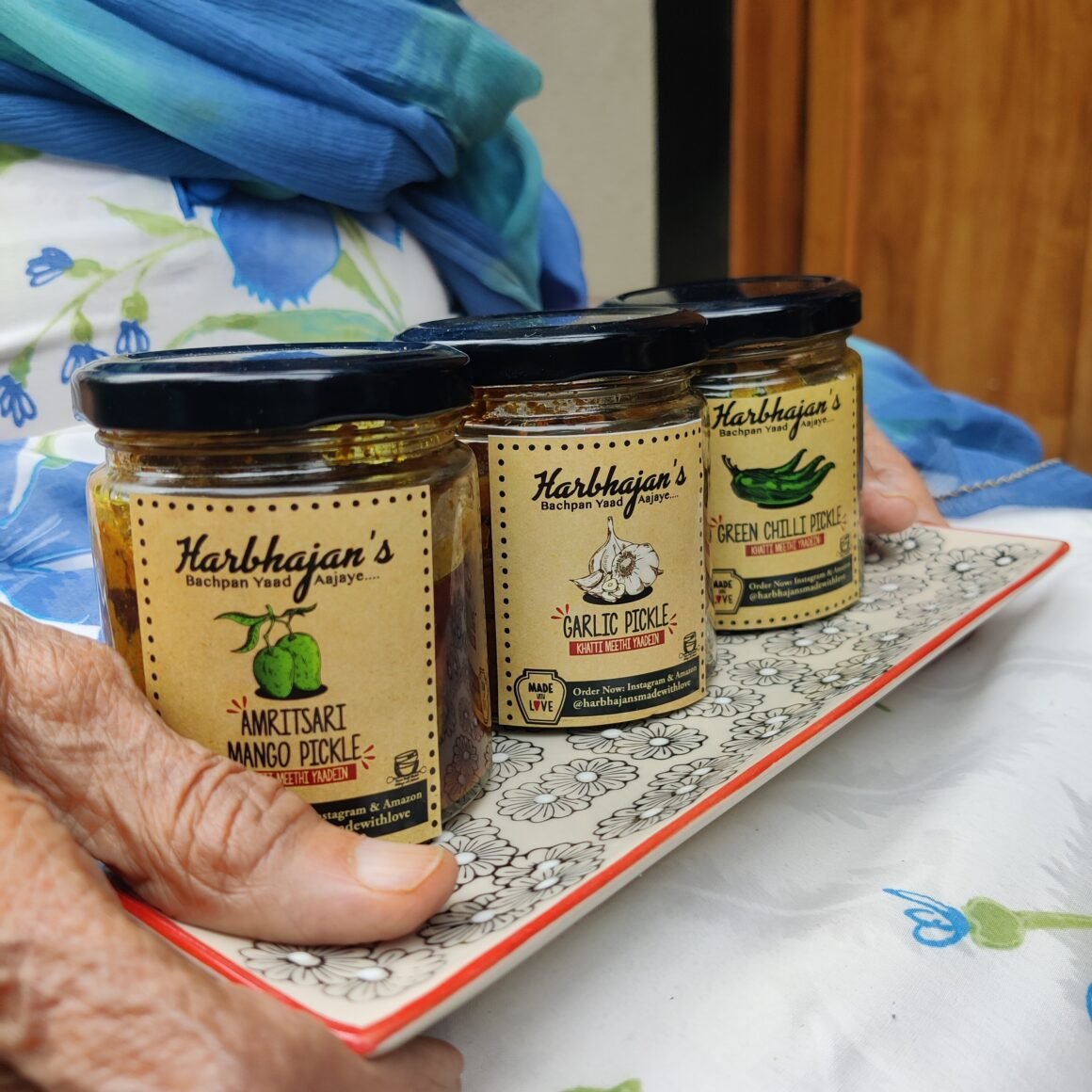
“On a good day, we make up to Rs 25,000,” Mallika tells us. A stall at a bazaar the day after Harbhajan appeared earlier this year on Kaun Banega Crorepati, hosted by Amitabh Bacchan, brought in a whopping Rs 45,000. This might not be a headline-worthy sum in an age of Indian billionaires, but for a home-built business that began with a 90-year-old’s aspiration to get a taste of financial independence, it is a source of absolute pride and confidence.
It all began in the kitchen, while Harbhajan was having a cup of chai with her daughter. “To me, the kitchen is more than just a space for culinary experiments; it’s a space to explore so much more. It inspires conversations and confidences,” says Harbhajan. “I had just turned 90, and I’d had a rich life. My daughter Raveena sprang an unexpected question on me: ‘Ma, is there a path you feel you’ve left unexplored?’”
‘I thought a little, and then told her, “All of you, my daughters and grandchildren, have eked out a living for yourselves. I’ve never had the chance.”
Raveena had a ready suggestion: why not start with something Harbhajan was already proud of—cooking.
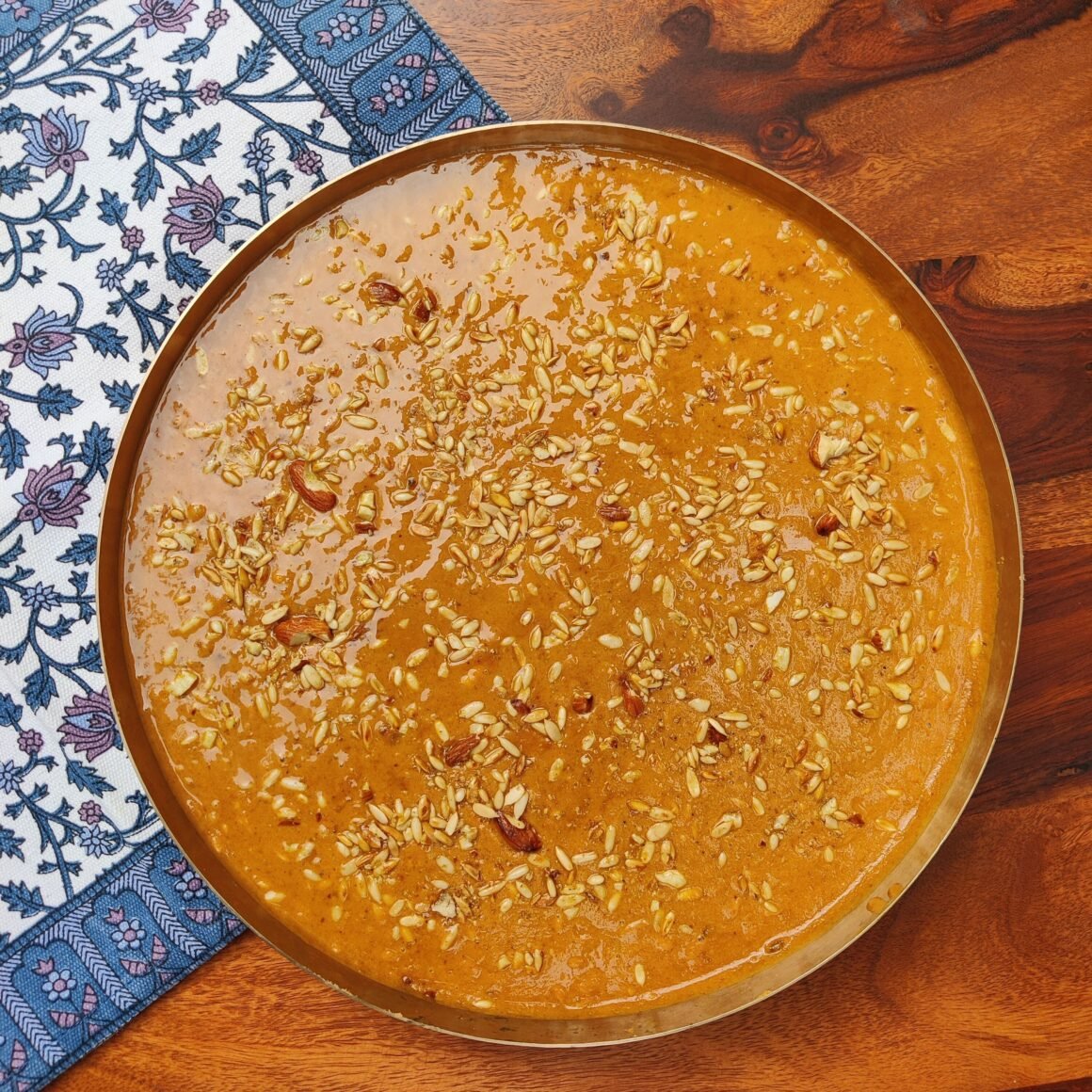
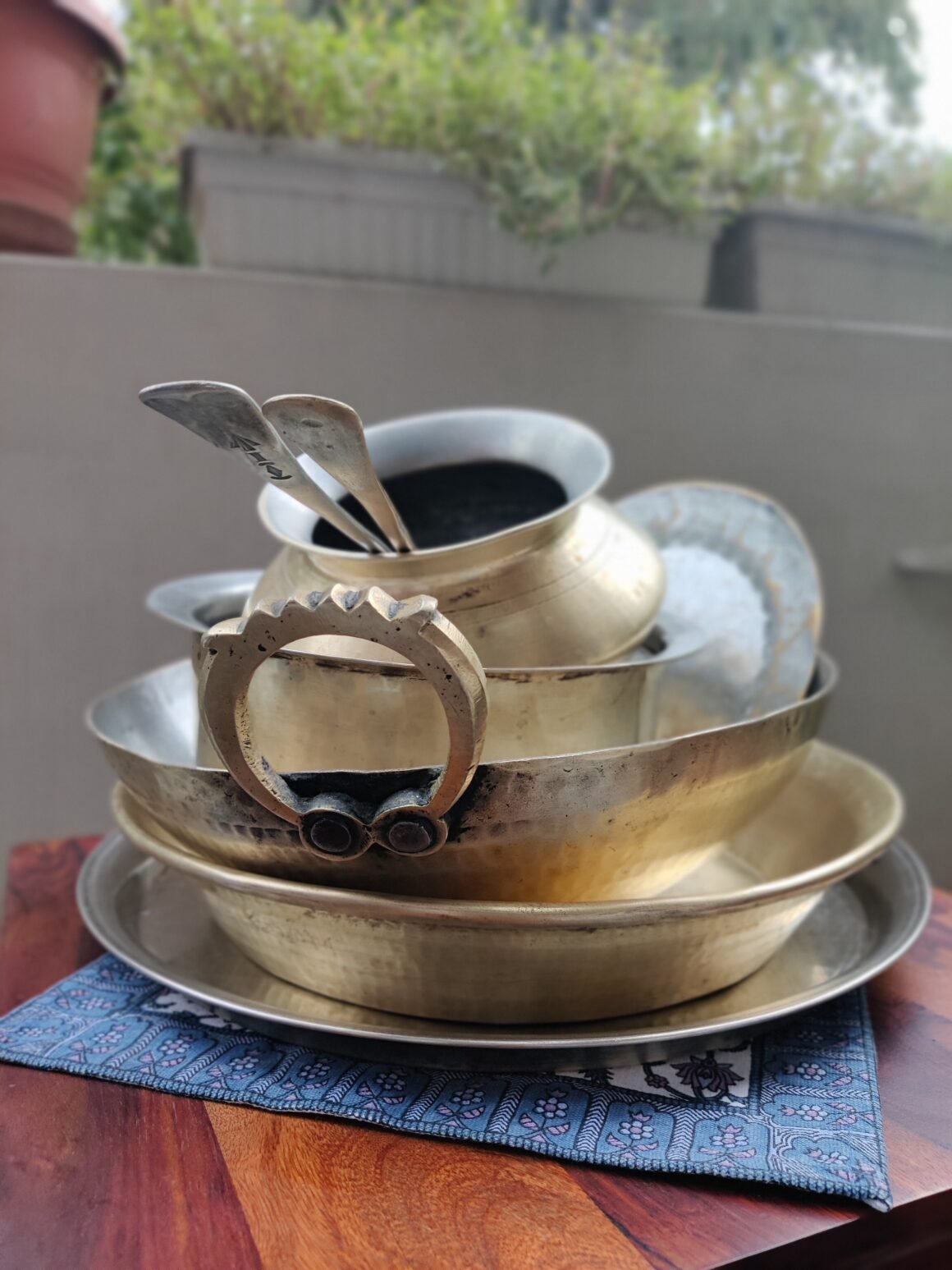
Harbhajan’s first two culinary offerings to the world beyond family and friends were besan barfi, and tomato chutney. They were well received at the event they were sold at, and the business made Rs 2,500. “There was a big celebration. Naniji treated her three daughters, Amrit, Ravinder and Raveena, at the India Coffee House the next day,” Mallika recalls.
Five years on, more items have been added, mostly pickles and sweets. Harbhajan’s zeal hasn’t faded a touch. She heads to the cloud kitchen once a week to instruct and interact with the two women who prepare orders.
This is not to say that she doesn’t tire. “I keep a chair with me when I’m in the kitchen,” she says, “so I can take breaks when I’m not stirring or prepping. I also grab a bite at the breakfast table at times, while something’s cooking.”
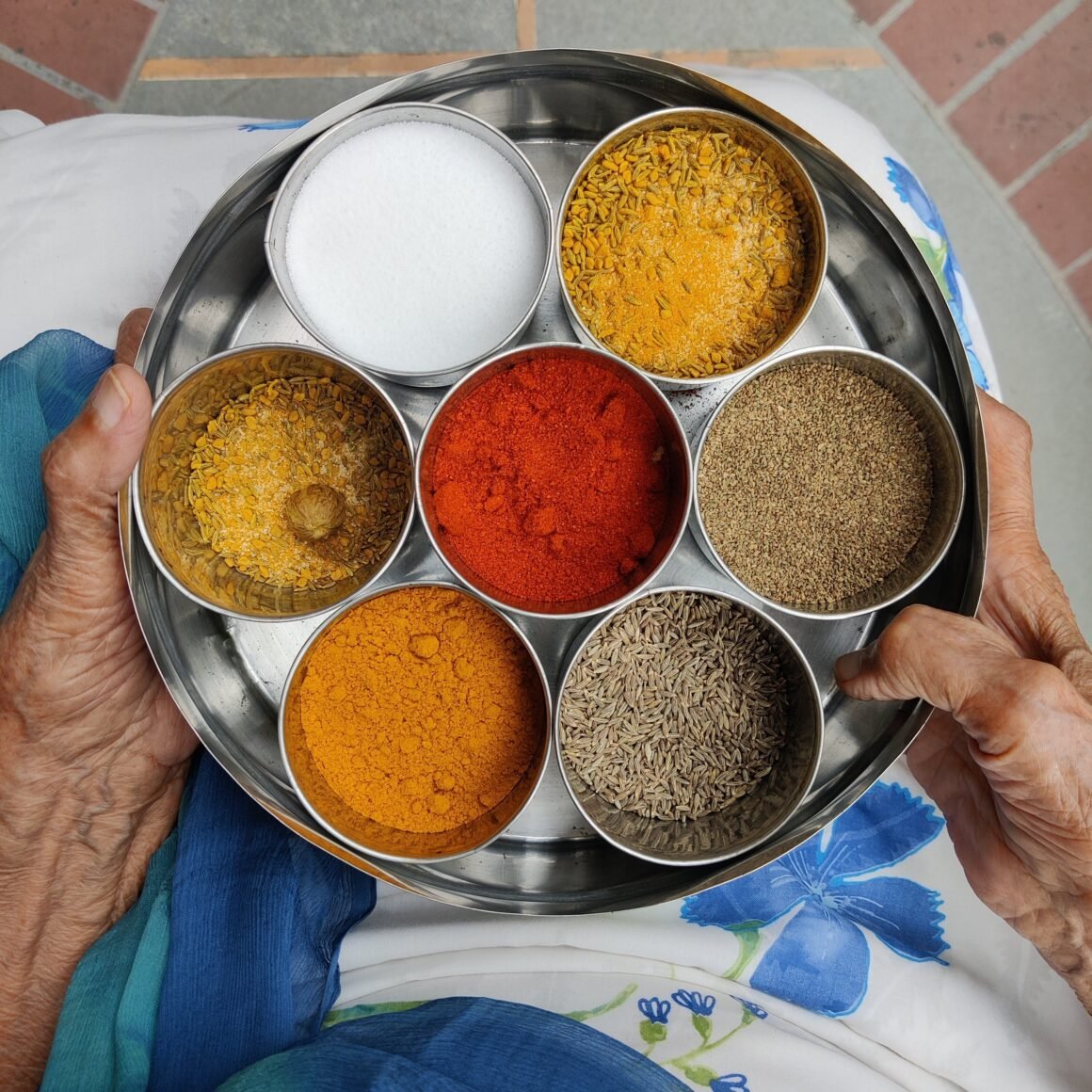
The kitchen is her space though, and she’s the one who sets the ground rules there: no help can be offered unless expressly asked for, and she gets to work at a pace that she’s comfortable with. From her social media feed—yes, she’s that cool granny on Instagram—you can see that she handles her walker as deftly as the kitchenware; she inspires a quiet confidence of someone who’s immersed in an activity that she’s entirely herself doing. It’s evident: she loves cooking just as much as she loves feeding people.


“Nanaji was her biggest fan,” Mallika pipes in. “He’d tell anyone who came visiting that all the food was made by Bhajan.” Ripudaman Singh, we hear, had dubbed his wife’s kitchen Bhajan’s Dhaba. “He used to say Bhajan’s Dhaba could best any restaurant out there, old or new.”
When he passed on in 2010, and Harbhajan came to live with her youngest daughter, she grieved her loss by continuing to cook in her umpteenth kitchen across four cities. “Nanaji would have a drink nearly everyday. It was always in moderation. A few bottles of Old Monk were left, and Naniji began to infuse desserts with it,” Mallika shares.
She reminisces about a childhood full of sweets, undoubtedly her grandmother’s comfort food. “She even came up with her own inventions: snowball pudding.” This, Mallika explains, is steamed egg-meringue balls doused in slow-cooked pudding made of basmati rice, milk, nuts, and sugar, and scented with cardamom powder, saffron, or rose water.

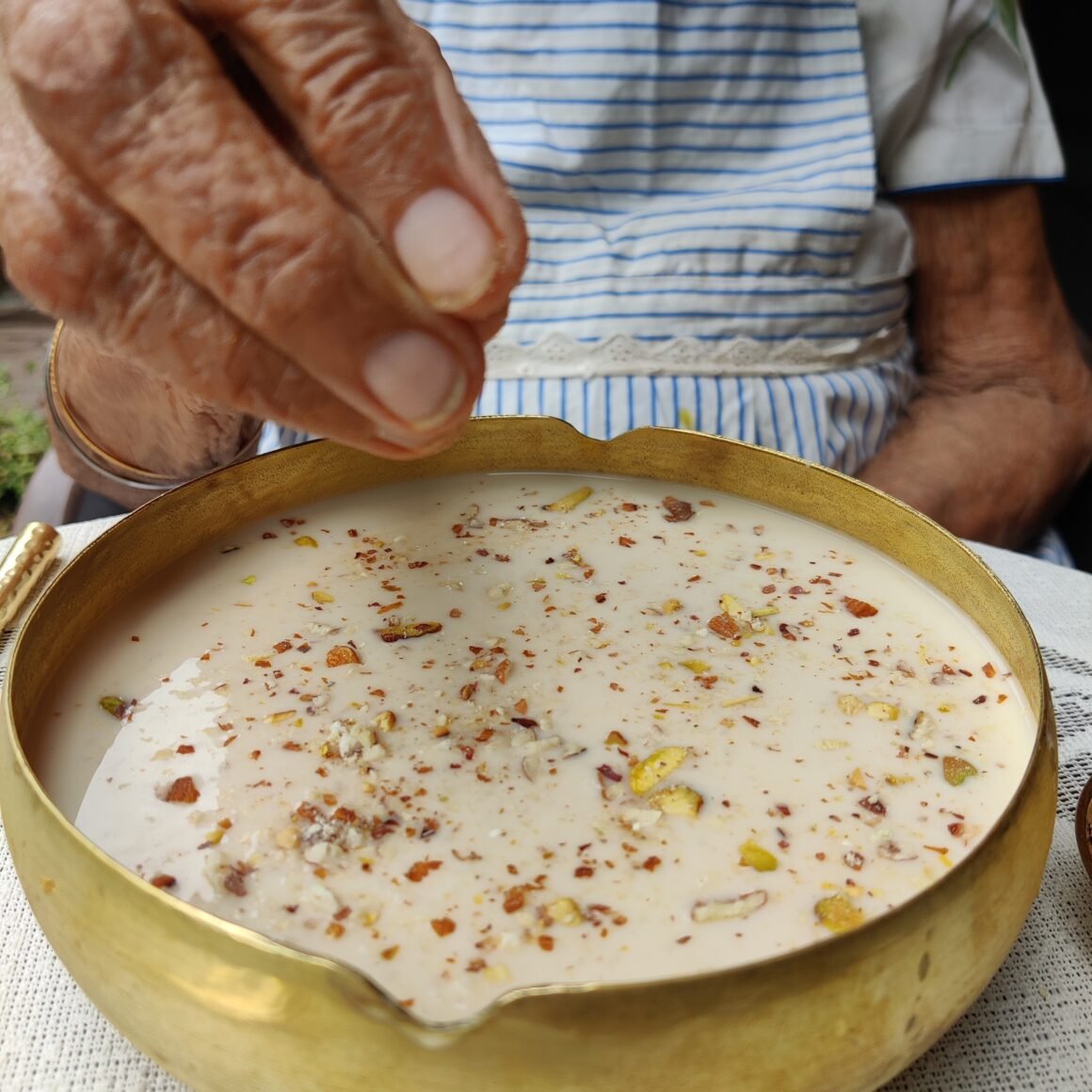
Over an hour into our conversation, Harbhajan announces that it’s chai time. It seems, we have time for one more question, one that will go on to stump her. What meal or dish that someone else has cooked her has she enjoyed the most?
She parries all suggestions issued on screen or off, as Zainab and I exchange grins. She’s embraced the role she’s been cast in: one who cooks and serves, one who indulges others, and herself in her sweets. Turns out, she enjoys collecting recipes more than being pampered by others’ culinary creations. “We have a standing joke in the family,” Mallika laughs, “that no one wants to share recipes with her because she perfects them, and then the people who’ve shared the recipe are too embarrassed to cook the dish.”
On this note—light as her barfis, from all we’ve gathered—Harbhajan is ready for her chai. She leaves us with what has been an oft-repeated refrain during our interaction: “Come home, beta, come to Chandigarh sometime. Give me a chance to serve you.”
‘With sweets’ is implied at the end of the latter sentence. Anyone who knows me at all knows I don’t have a sweet tooth; perhaps I may yet eat my words and then some sweets were we to visit this driven entrepreneur.
Chetana Divya loves dogs, reading fiction, and eating. An introvert, she takes great pleasure in interviewing people for work—that’s how she has conversations. She’s also passionate about making mental health a whole lot more accessible, and to every one.
Inside My Kitchen
Every kitchen has a unique story to tell. Attempting to capture some of these stories from across India, Inside My Kitchen is a series that examines the relationship between the kitchen and the people who inhabit it.

